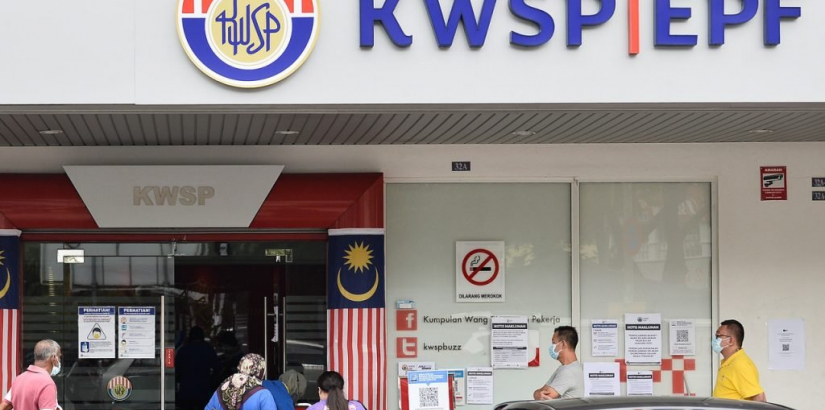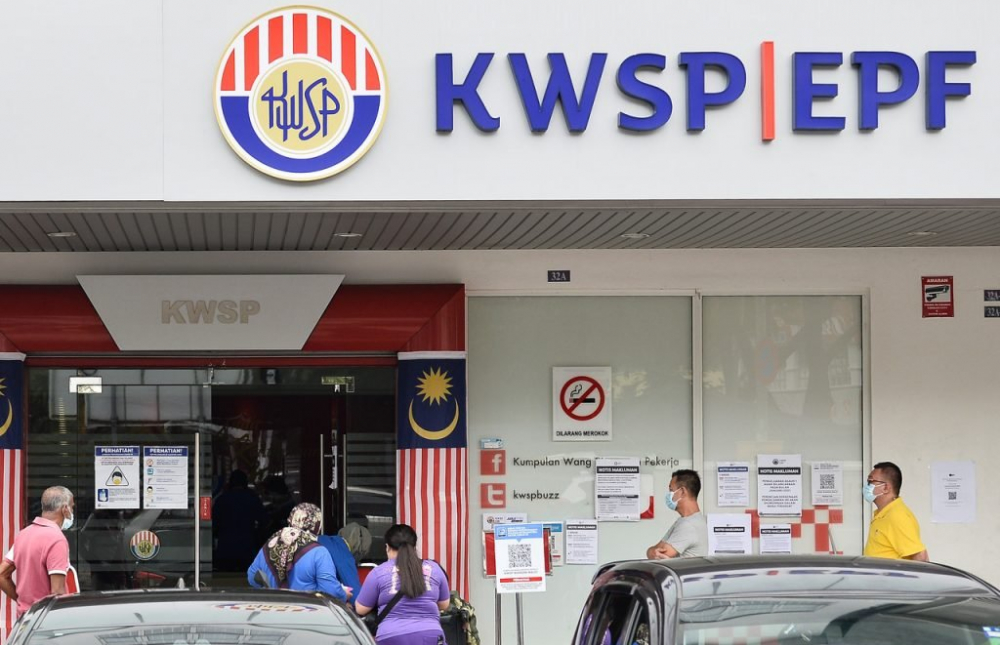
Poll Results
KUALA LUMPUR, 2 February 2021 - The UCSI Poll Research Centre recently released their poll results on “The Helpfulness of i-Sinar Scheme to You”. The poll was conducted among 809 people in Malaysia who have withdrawn from or planned to participate in the i-Sinar scheme. The margin of sampling error for this sample size is +/- 3%.
In the survey, 68.3% of the respondents stated that the i-Sinar scheme was useful in helping with financial difficulties. 20.9% of the respondents said that the i-Sinar was somehow useful and another 10.8% of the respondents felt that the i-Sinar scheme was not useful.
The table below illustrates the respondents’ answers when they were asked further on how they spent their EPF withdrawal fund from the i-Sinar scheme:
The top three reasons for the usage of the i-Sinar scheme were selected for further analysis based on the respondents’ demographics.


When asked whether their retirement fund will be affected in the future, 47.2% of the respondents chose ‘Yes’, while 30.2% chose ‘No’, and 22.6% of the respondents chose ‘Uncertain’.
The UCSI Poll Research Centre said that repaying monthly instalments was the main purpose for respondents in withdrawing from the i-Sinar scheme especially for the B40, M40 group and those aged between 26 – 55 years old. It may be important for Malaysians to review if we have high levels of commitment and if we are well-prepared for rainy days.
Interestingly, investment was one of the reasons in withdrawing through the i-Sinar scheme particularly for the T20 group and those aged between 40 – 55 years old. Despite the hardships faced during the COVID-19 pandemic, some people saw this as an opportunity to invest and plan for their future.
About UCSI Poll Research Centre The UCSI Poll Research Centre (UCSI-PRC) is a public opinion research company owned by the UCSI Group. Its main objective is to utilise original and scientific research methodologies to investigate and analyse public opinions and attitudes.



